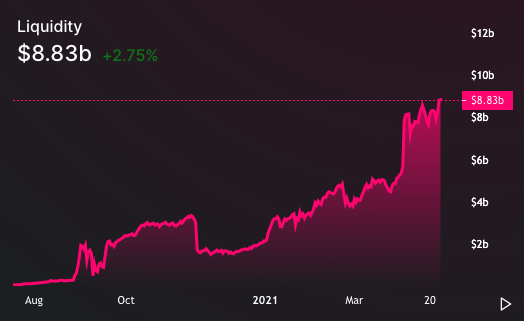Bitcoin’s liquidity has dropped to a 10-month low despite recording a 45% surge in value since the beginning of the year, media reports said. The decline in liquidity is linked to the bank run in the United States, which has impacted US-based exchanges the most. The liquidity crisis on US exchanges can be partly attributed to the collapse of crypto-friendly banks, including Silicon Valley Bank and Signature Bank. The demise of these banks has eliminated crucial payment rails for crypto transactions denominated in US dollars, leading to a shortage of liquidity.
The liquidity shortage has resulted in heightened price volatility, which has compelled traders to pay higher fees in slippage. Slippage occurs when there is a difference between the expected price of a transaction and the actual price at which the transaction is executed, either higher or lower. The liquidity crisis has led to higher price volatility on US exchanges, where the price discrepancy between BTC and US dollar pairs has increased significantly compared to non-US exchanges.
According to Conor Ryder, research head of on-chain data analytics firm Kaiko, stablecoins are replacing US dollar pairs, lessening the impact of US banking troubles, but have an adverse effect on liquidity in the United States. He added that the situation indirectly harms investors there. Despite the crisis, Bitcoin remains one of the best-performing assets. However, liquidity remains a concern. Meanwhile, the traditional financial market is experiencing a financial crisis, with stocks and bonds seeing some of their worst years.
The ongoing regulatory actions against crypto companies also contribute to the liquidity crunch. While regulatory authorities are still seeking to regulate the crypto ecosystem, the regulators’ actions and policies make it challenging for crypto businesses to operate in a predictable and stable environment. Furthermore, several countries are proposing to introduce their own central bank digital currencies, which could add to the pressure on cryptocurrencies.
The crisis in the banking system has led to increased demand for cryptocurrencies and blockchain technology. The blockchain technology has demonstrated its capability to provide a secure and transparent transaction process, and many businesses are looking to adopt this technology. The financial crisis has also demonstrated the need for decentralized finance (DeFi) and how it could be used as an alternative to traditional finance.



